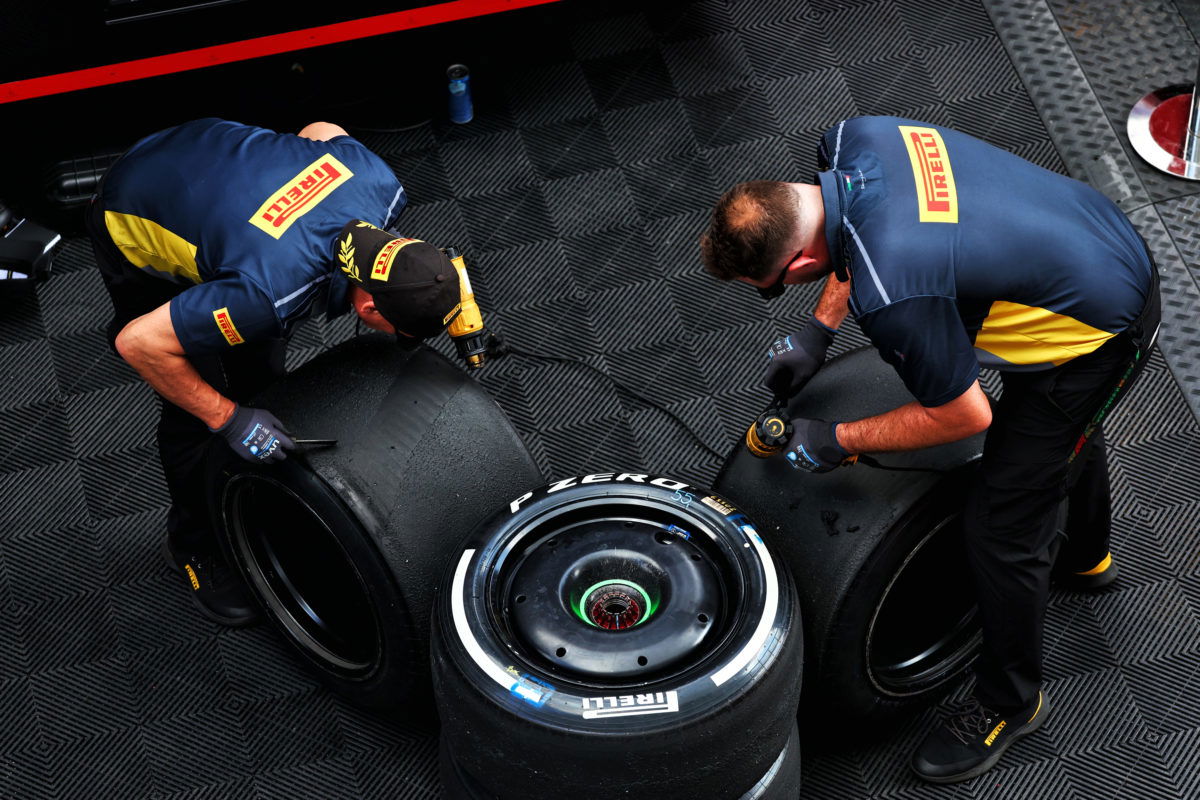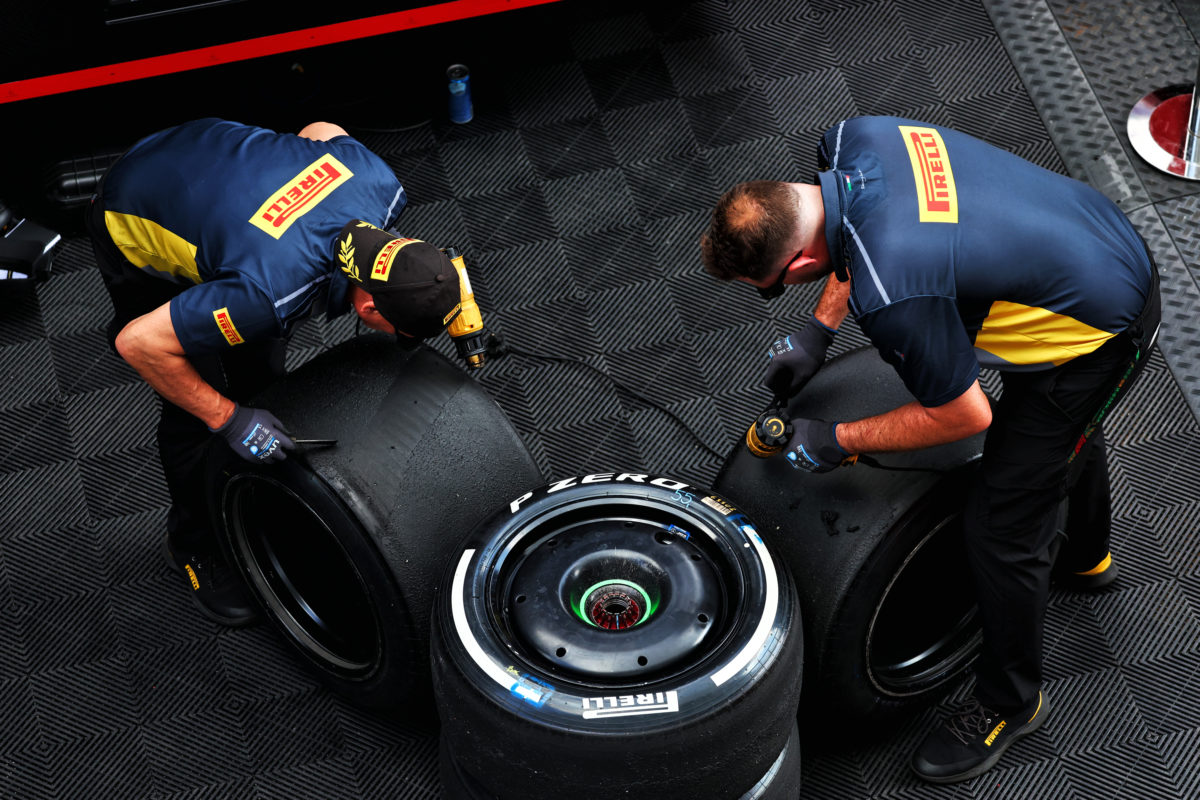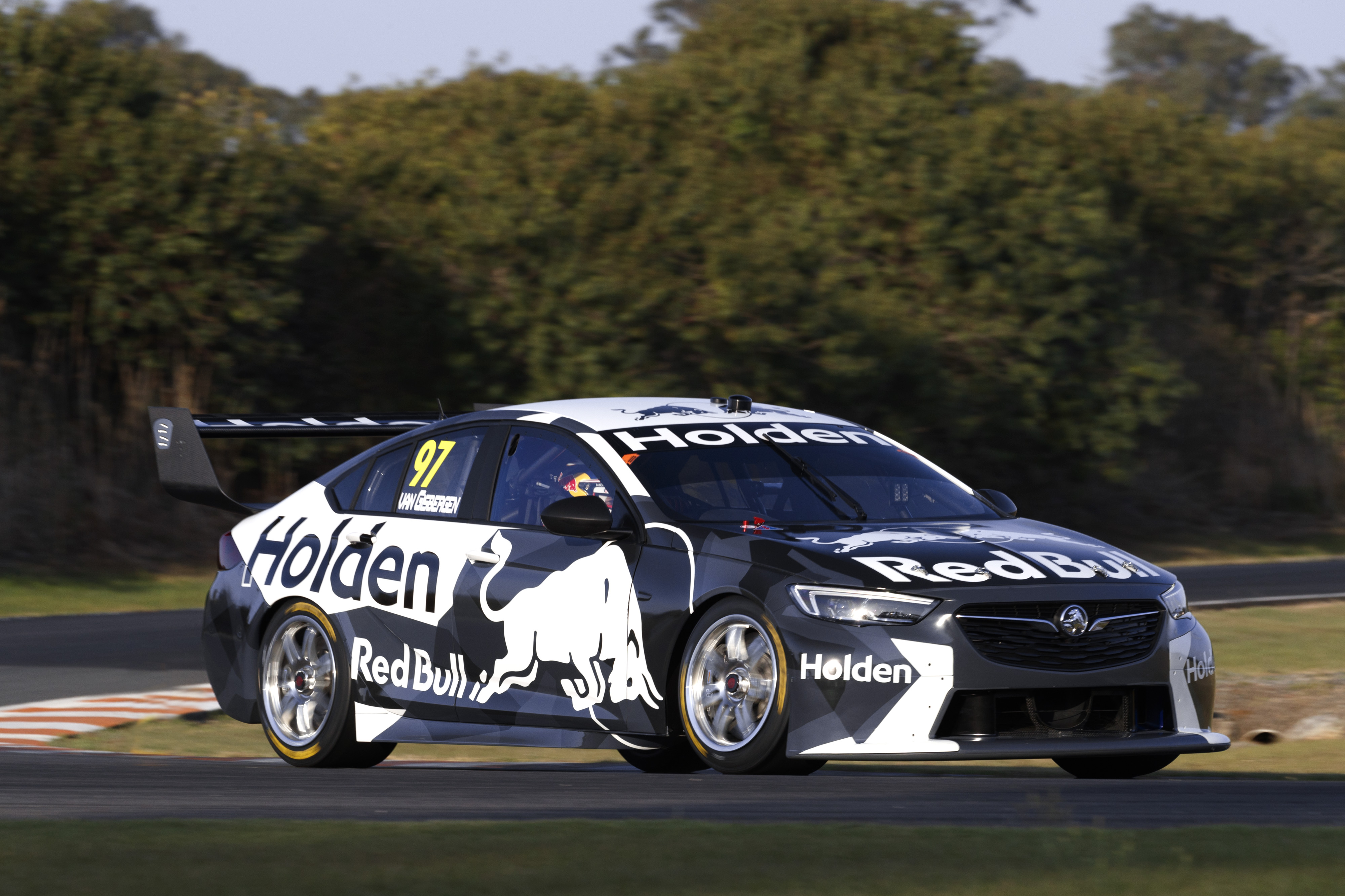

The FIA has issued strict guidelines for the use of Pirelli’s tyres for the remainder of the Qatar Grand Prix weekend after discovering major concerns following Friday’s track action.
It has been discovered that following standard analysis of the tyres used for approximately 20 laps in the only practice session at the Lusail International Circuit there was “a separation in the sidewall between the topping compound and the carcass cords on many of the tyres that were checked”.
A statement from the FIA added: “It is the view of the FIA and Pirelli that a significant number of additional laps on these tyres could result in circumferential damage of the tyres with subsequent air loss, and tyres analysed with lower lap numbers showed a much-reduced extent of the issue.
“This issue has likely been caused by the high-frequency interference between the tyre sidewall and the 50mm ‘pyramid’ kerbs used extensively at this circuit, aggravated by the propensity to ride those kerbs.”
The FIA has now outlined how the remainder of the weekend will unfold, starting with the action in the sprint shootout and sprint race.
Initially track limits at Turns 12 and 13 have been revised, leading to a 10-minute practice familiarisation session that will start at 16.00 local (0100 AEST; 14.00 BST).
This will allow drivers to adjust to the changes, and now means the sprint shootout will start 20 minutes later than scheduled at 16.20 local time.
Following the 19-lap sprint there will then be extensive analysis of the tyres to determine if further action will be required for Sunday’s grand prix.
The FIA has confirmed that if the problem is still evident then the following directive, on safety grounds, will be applied.
Initially “the tyre life parameter must not exceed 20 for new tyres used in the race. This number would rise to 22 for any used tyres fitted in the race, to account for in-out laps in qualifying”.
Furthermore “all drivers will be obliged to perform at least three tyre-change pitstops during the race”.
In addition, the FIA states that both they and Pirelli “will carry out extensive research and simulations in order to establish with complete confidence the reasons behind this issue, and to work on solutions to avoid it in the future”.




















Discussion about this post